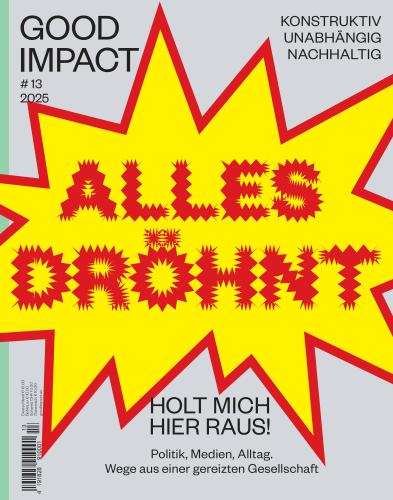![Szymon Nehring - Minimalist (2024) [FLAC 24bit/96kHz] Download](https://imghd.xyz/images/2024/09/19/mjc9s7p5w0vpb_600.jpg)
Szymon Nehring – Minimalist (2024)
FLAC (tracks) 24 bit/96 kHz | Time – 01:18:36 minutes | 1,21 GB | Genre: Classical
Studio Masters, Official Digital Download | Digital Booklet, Front Cover | © IBS Classical
In the late 1960s, the composer Michael Nyman coined the term “minimalism” to describe a new musical aesthetic characterized by a certain simplicity and economy of means. One of the composers associated with this movement, La Monte Young, embraced the term with enthusiasm, while others like Steve Reich and Philip Glass nuanced it with terms such as “music without intention” or “music with a repetitive structure”. The term “hypnotic music” might also be appropriate for some works by Simeon ten Holt or Arvo Pärt, provided we are attuned to the monotonous hum of rain, have a fondness for grey—the languid greys of overcast days—or appreciate a certain suspension of the world.The phrase “Less is more”, originally from Robert Browning’s poignant love poem “Andrea da de Sarto”, has acquired myriad interpretations over time. It suggests that “less” seems increasingly essential in an ever more deafening, overwhelming, and chaotic world. Around 1910, when Adolf Loos constructed the Looshaus in the historic centre of Vienna—a building nicknamed the “House without Eyebrows” for being the first, apart from the Monastery of El Escorial, to feature windows devoid of cornices or ornaments—the architect Mies van der Rohe adopted “Less is more” for his future buildings. He unveiled the interior steel skeleton encased in walls of glass. The simplicity of this new architecture, with its clean, simple, and symmetrical lines that marked a break from historicism, permeated the worlds of art, fashion, and design.
“Less is more” has grown relentlessly, and by the late 1960s, the composer Michael Nyman coined the term “minimalism” to describe a new musical aesthetic characterized by a certain simplicity and economy of means. One of the composers associated with this movement, La Monte Young, embraced the term with enthusiasm, while others like Steve Reich and Philip Glass nuanced it with terms such as “music without intention” or “music with a repetitive structure”. The term “hypnotic music” might also be appropriate for some works by Simeon ten Holt or Arvo Pärt, provided we are attuned to the monotonous hum of rain, have a fondness for grey—the languid greys of overcast days—or appreciate a certain suspension of the world.
Advocating a return to tonal music and introducing the repetition of brief musical motifs over a regular pulse, In C by Terry Riley, composed in 1964, is the foundational work of minimalism. This new school even names its precursor (posthumously), Erik Satie, whose “Première Gnossienne” (1890) follows a repetitive scheme, while Vexations repeats the same motif 840 times consecutively for approximately twenty hours!
Tracklist:
1-1. Szymon Nehring – Etude No. 4 (04:33)
1-2. Szymon Nehring – Bridge (01:37)
1-3. Szymon Nehring – Concerto for piano and string orchestra Op. 40: I. Allegro molto (04:29)
1-4. Szymon Nehring – Concerto for piano and string orchestra Op. 40: II. Vivace marcatissimo (03:56)
1-5. Szymon Nehring – Canto Ostinato (06:57)
1-6. Szymon Nehring – Valse boston (24:59)
1-7. Szymon Nehring – Variationen zur gesundung von arinuschka (05:05)
1-8. Szymon Nehring – Für Anna Maria (01:17)
1-9. Szymon Nehring – Concerto for piano and orchestra: I. Andante con moto (09:19)
1-10. Szymon Nehring – Concerto for piano and orchestra: II. Corale (09:39)
1-11. Szymon Nehring – Concerto for piano and orchestra: III. Toccata (06:39)
Download from FileJoker:



















